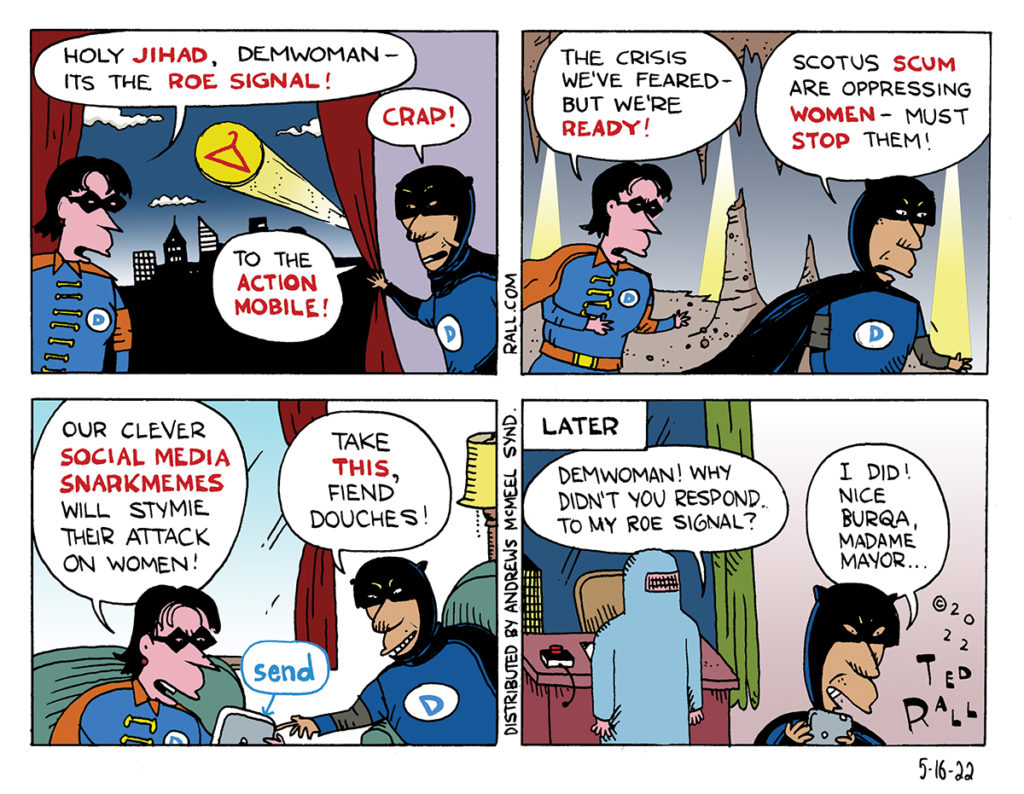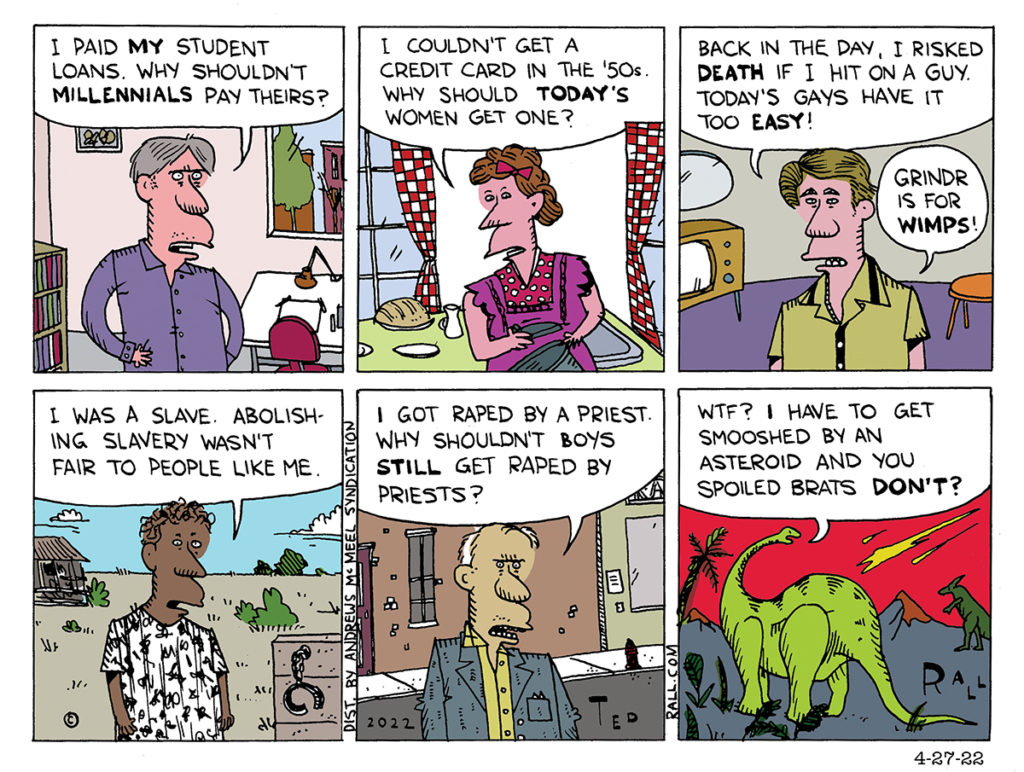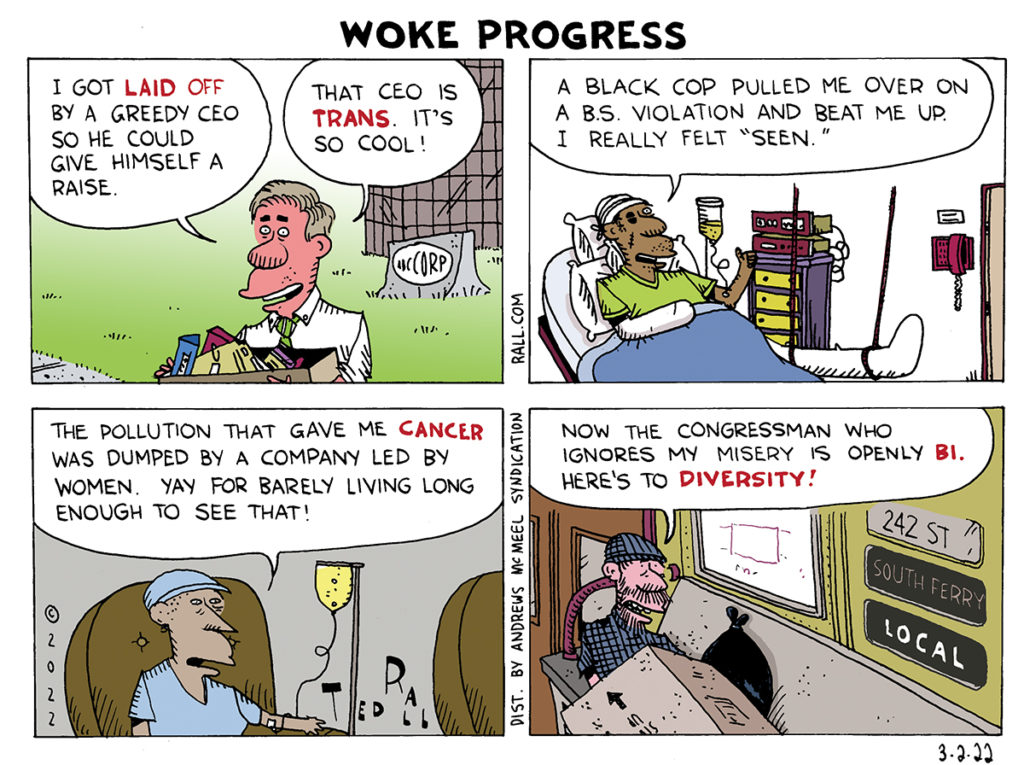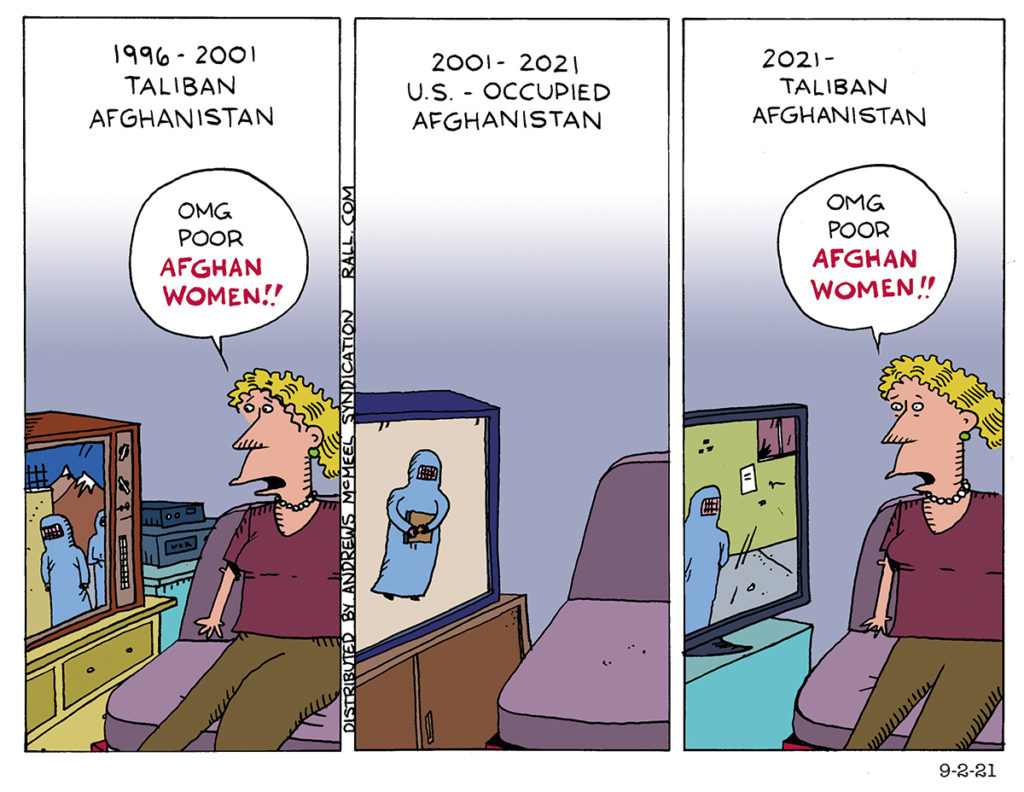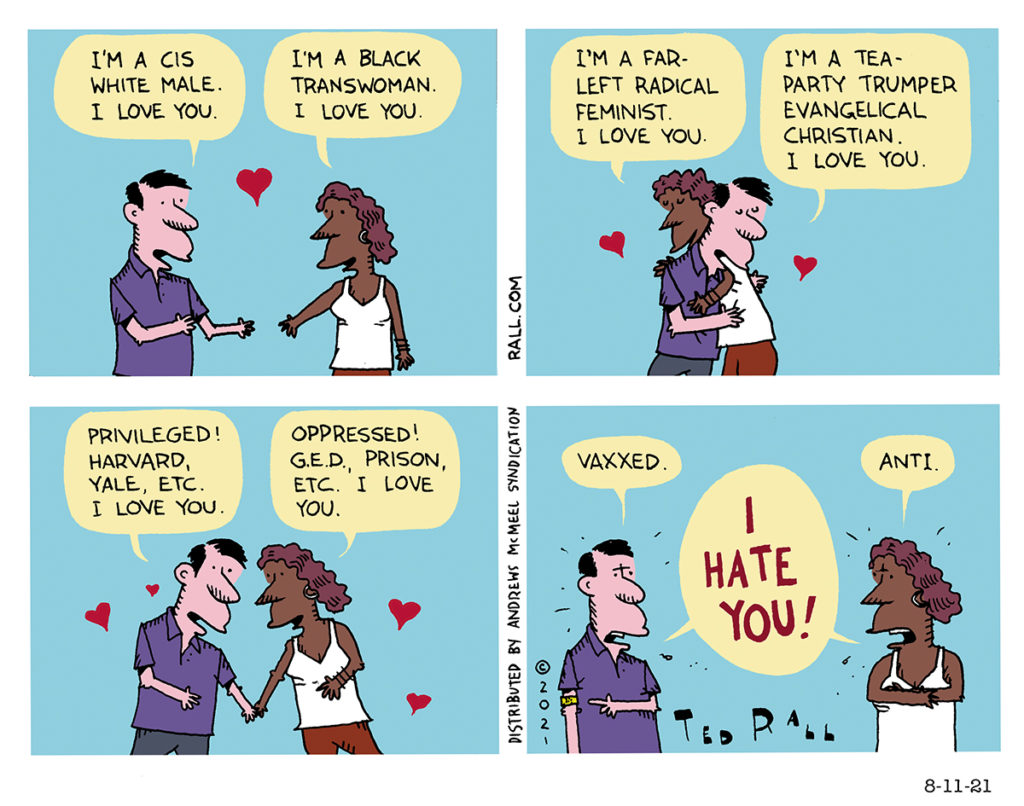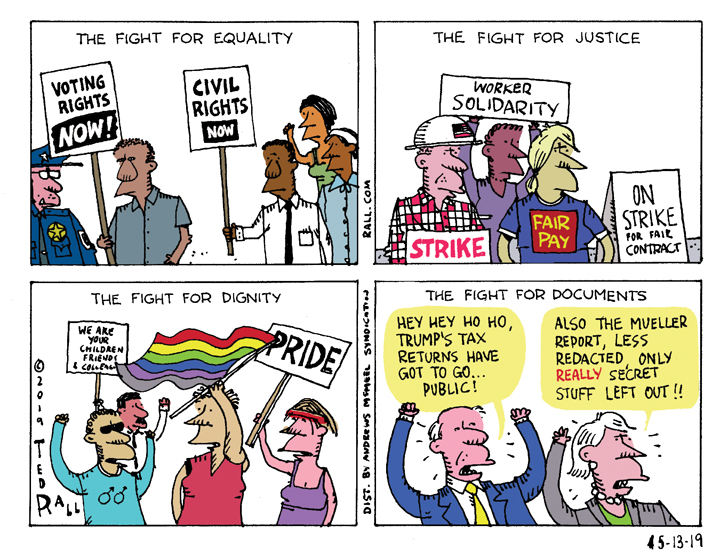
Why do women keep getting pushed to the back of the line?
The sociological history of the United States has been defined by struggles for equality with the landed white males, presenting as straight, who founded the republic. Though it’s still a continuing effort, the abolitionist movement and the fight for racial civil rights scored the first major triumph, emancipation in the mid-19th century.
Gender equality and feminism achieved the second big win with the ratification of women’s suffrage in 1920. Since then, however, equal rights for women have frequently taken a back seat to other liberation struggles that got off the ground later. The Equal Rights Amendment was never ratified, putting the United States among the tiny minority of nations that do not specifically guarantee equality between men and women in their constitutions. The Dobbs decision made the U.S. one of just three countries in the world to have rolled back the federally-guaranteed right to an abortion since 1994.
The worrisome stalling of women’s progress is highlighted by the bipartisan passage in the Senate of a bill that will codify same-sex marriage at the federal level. The bill is now headed to certain passage by the Democratic-controlled House and will be signed into law by President Biden.
In this era of extreme polarization, it’s newsworthy that 12 Republicans crossed the aisle to vote alongside Democrats. What’s really interesting is that the Respect for Marriage Act addresses a theoretical threat to liberty over one that is extant. In the Dobbs opinion, Justice Clarence Thomas argued that the Supreme Court’s newfound skepticism of a constitutional privacy right undermines the case law used to legalize contraception and same-sex marriage, and invited petitioners to bring test cases to the high court. But there was no indication gay marriage was on the judicial chopping block. Nor did the incoming Republican House leadership signal it wanted a ban—not that one would have survived the Senate or a presidential veto. This was a “just in case” move.
Abortion rights, on the other hand, were actually eviscerated by Dobbs. Half the states, comprising most of the area of the country and nearly half its population, ban abortion. Only 15 states allow the procedure without restrictions. Yet there is no possibility that the incoming Republican House will consider codifying Roe v. Wade at the national level. Even Democrats, packing their bags, offered only tepid lip service. As with the ERA, women will have to wait.
As seen with the progress on same-sex marriage, the movement for LGBTQ equality keeps moving forward—and at an impressive rate.
It’s harder to identify a discrete official start of the transgender rights movement, but media and political consciousness began to focus on the T in LGBT in the 1970s and 1980s. There still isn’t a federal law designating transgender as a protected class but the Supreme Court’s 2020 Bostock decision prohibits employment discrimination against transgender people. By way of comparison, it remains legal to fire someone because they are too young, specifically under age 40.
Stonewall augured the rise of the gay rights movement 121 years after the Women’s Rights Convention in Seneca Falls, New York did the same for women. Why does the women’s struggle, which got off the ground so much sooner, seem to have stalled, or even lost ground compared to more recent movements?
Barbara Jordan, the trailblazing congresswoman from Texas who won national attention during the Watergate hearings, said that she found it even more challenging to be a female politician than a Black one. In a country built on slavery and cursed by racism still embodied by racist policing every single day in every single town, that’s saying a lot.
Yet evidence that women are stuck is everywhere to see. Looking ahead to the 2024 presidential campaign, the growing buzz around Transportation Secretary Pete Buttigieg, coupled with the poor approval ratings for Vice President Kamala Harris, raises the possibility that we might see a gay man become president before a woman—and remember, it’s been 36 years since Geraldine Ferraro became the first woman on a major party presidential ticket. Progress in closing the pay gap between men and women has stalled at 84%, with no sign of improvement in sight.
It is ironic that women, who comprise the biggest demographic of any of the traditionally oppressed minorities in the United States, are having such a hard time compared to smaller groups who got started later.
Hell, women aren’t even a minority at all.
(Ted Rall (Twitter: @tedrall), the political cartoonist, columnist and graphic novelist, co-hosts the left-vs-right DMZ America podcast with fellow cartoonist Scott Stantis. You can support Ted’s hard-hitting political cartoons and columns and see his work first by sponsoring his work on Patreon.)

